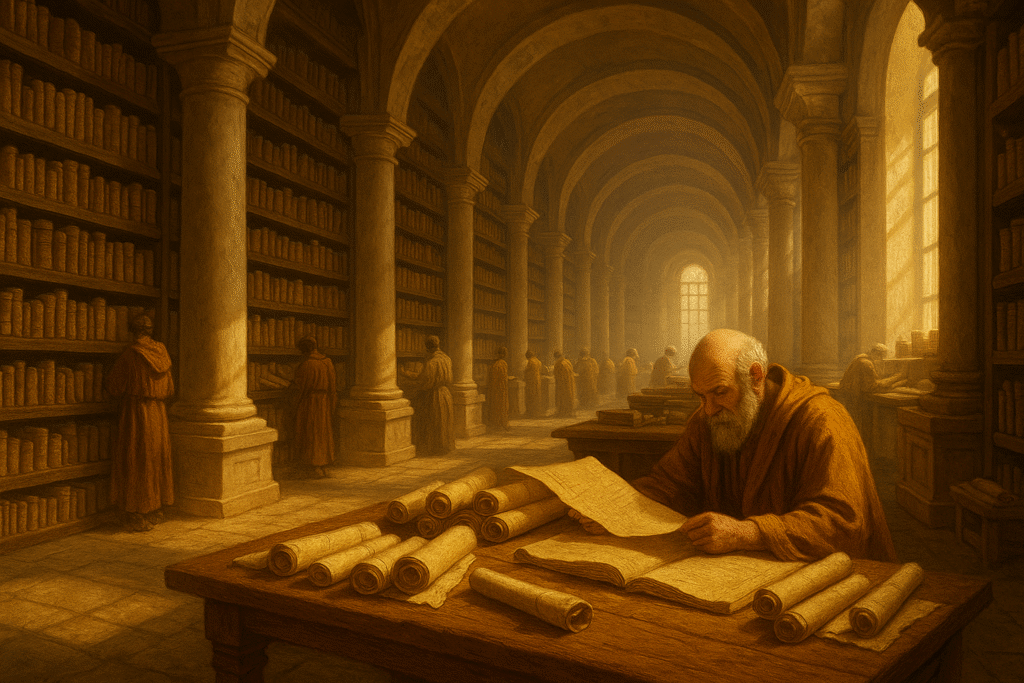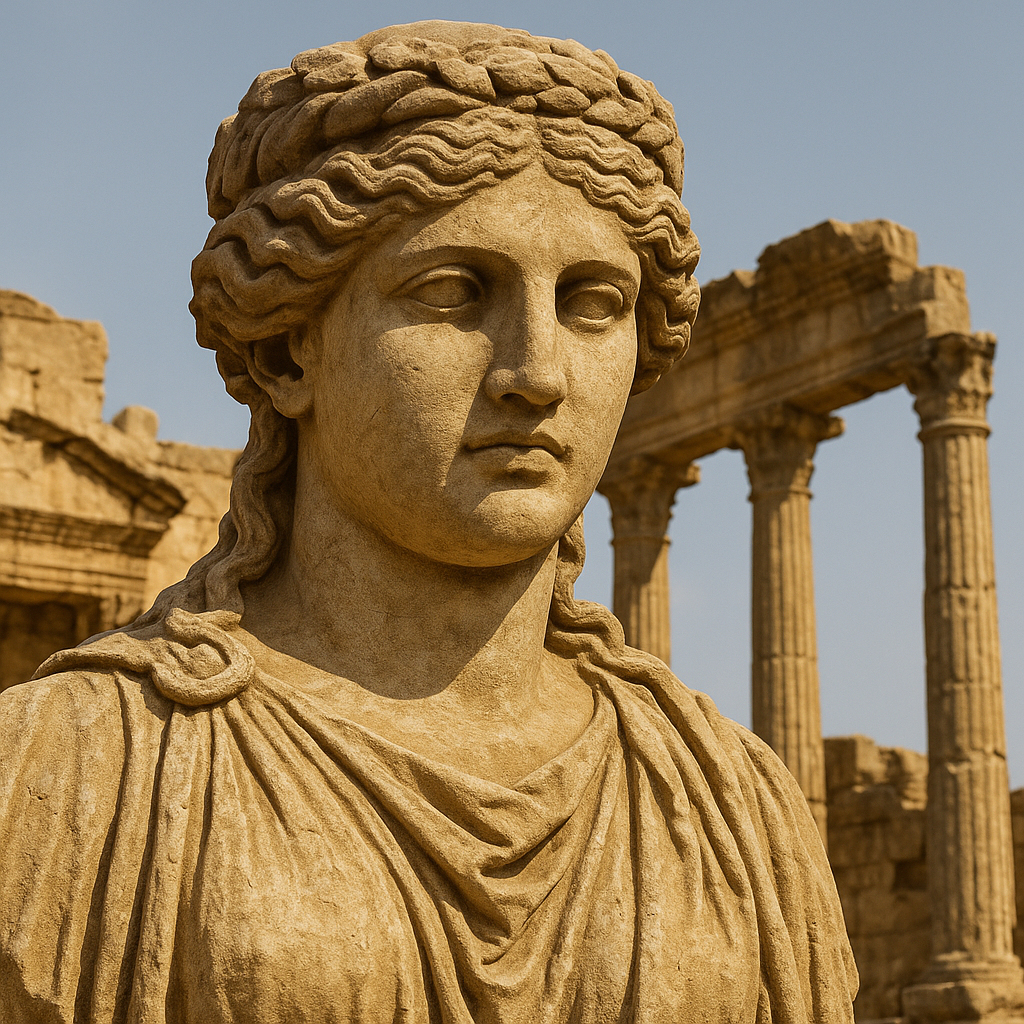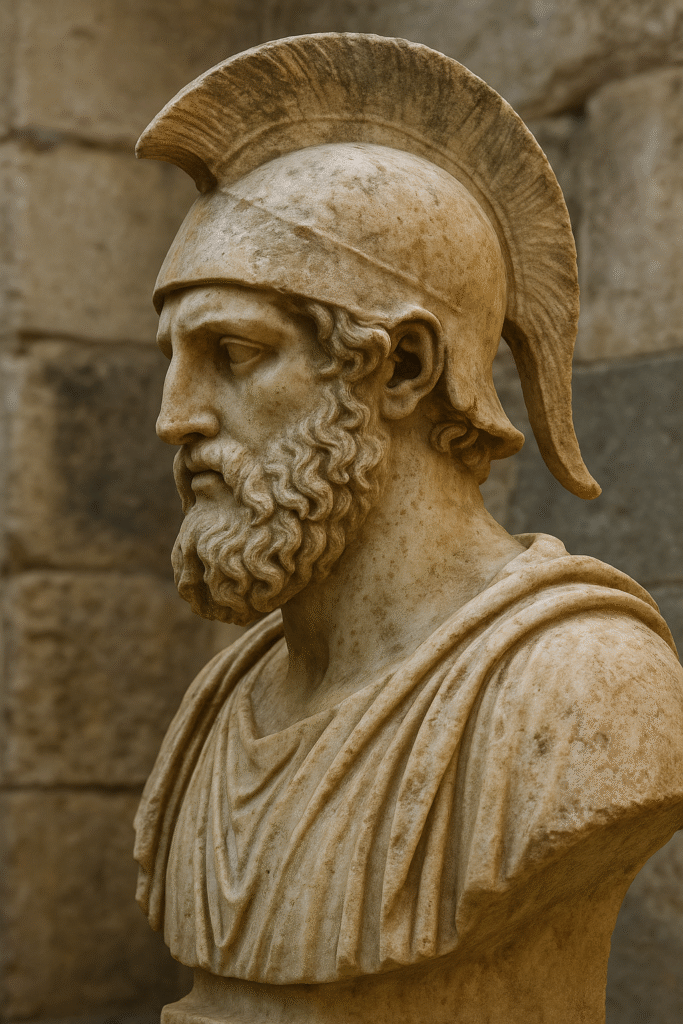In every corner of the world, the ruins of ancient civilizations rise from the earth like half-forgotten whispers. Broken columns, toppled temples, weathered tablets, and eroded walls—all of them testify to the same truth: that human beings, from the very beginning of history, have sought permanence in a fleeting world. This is the legacy of antiquity—a legacy not simply of architecture and artifacts, but of philosophy, of knowledge, and of humanity’s relentless desire to endure against time itself.

I. The Stone as a Messenger
Before paper, before parchment, before digital screens, stone was humanity’s first archive. Carvings on limestone, granite, basalt, or sandstone were never mere decoration. They were deliberate choices—messages meant to last far beyond the lives of those who inscribed them.
- In Mesopotamia, cuneiform etched into clay tablets created the earliest libraries, turning clay into the flesh of history.
- In Egypt, hieroglyphs carved into temple walls merged art and text into a single eternal statement, ensuring that names, prayers, and laws would outlive their authors.
- In Mesoamerica, stelae and pyramids carried entire cosmologies, carved with astronomical precision, standing as both monuments and calendars.
Stone spoke a language that wood and cloth could not: the language of durability. It was humanity’s answer to mortality.
II. Architecture as Immortality
The great civilizations of antiquity shared a common obsession: how to outwit death.
- The pyramids of Giza were not just tombs but colossal stairways of stone, lifting pharaohs toward eternity.
- The Parthenon in Athens, shimmering once in white marble, was a declaration of civic pride and artistic mastery, embodying ideals of harmony and proportion.
- The ziggurats of Babylon were mountains built by human hands, shrines that turned flat plains into vertical bridges to the divine.
Each of these structures was more than architecture. They were philosophy in stone: permanence, power, and meaning translated into geometry. Even in ruins, they endure as symbols, reminding us that the ancients understood how fragile memory is unless anchored in something harder than flesh.
III. Knowledge as Survival
If architecture made civilizations visible, knowledge made them unforgettable. Libraries, schools, and inscriptions were repositories of thought, often guarded as treasures greater than gold.
- The Library of Ashurbanipal in Nineveh preserved thousands of clay tablets, from myths like The Epic of Gilgamesh to records of trade and medicine.
- The Library of Alexandria, though lost, has become a myth itself—an eternal symbol of humanity’s hunger for universal knowledge and the tragedy of forgetting.
- In China, bamboo slips and silk scrolls carried philosophies that shaped empires, while oracle bones preserved questions that reveal the earliest stirrings of belief and destiny.
In every case, knowledge was seen as continuity. A civilization could fall, its temples collapse, its rulers fade—but if its words survived, it remained alive in some form. This is why conquerors so often destroyed libraries: they understood that erasing words was as final as erasing cities.
IV. Antiquity as Myth and Mirror
Antiquity is never simply about what happened—it is also about what we believe about what happened. Ruins do not merely record history; they inspire myths, legends, and philosophical reflection.

- The Greeks believed the ruins of Troy were proof of a war between mortals and gods, even as archaeologists later uncovered its historical foundation.
- The Maya temples aligned with solstices and equinoxes, turning architecture into mythic calendars. To the Maya, ruins were not dead stones but living guardians of cosmic order.
- In the deserts of the Middle East, collapsed fortresses became symbols of pride, resilience, or divine punishment, depending on who told the story.
Each ruin is a mirror. What we see in them often reflects not only the past but also our present desires and fears.
V. The Fragility of Greatness
The paradox of antiquity is that it shows us both greatness and fragility. No empire, however mighty, has escaped collapse.
- Rome, with its aqueducts, forums, and amphitheaters, was the master of permanence—yet even its marble cracked, and its empire dissolved.
- The Indus Valley Civilization, advanced in urban planning, vanished so completely that only fragments of script and city walls remain to puzzle modern scholars.
- The Olmecs, predecessors of great Mesoamerican cultures, left behind colossal heads whose gaze seems eternal, though their language and much of their story is lost.
Antiquity is therefore a teacher of humility. It tells us that every monument, no matter how immense, is temporary before time. Yet it also whispers that ideas—justice, myth, art, curiosity—can persist even when stone crumbles.
VI. The Modern Legacy
Why does antiquity matter now? Why should ruins and relics, carved thousands of years ago, concern us today?
Because we are still engaged in the same struggle: to preserve memory, to create meaning, to ensure survival beyond our lifespans. Digital archives, cloud storage, and vast libraries like the Internet Archive are the modern equivalent of pyramids and tablets. They are our attempt to leave echoes for the future.
But antiquity warns us: technology may change, but fragility remains. Fires, wars, neglect, or simply the passage of time can erase more quickly than we imagine. The legacy of antiquity challenges us to be better guardians of memory.
VII. Antiquity as Philosophy of Time
At its heart, the legacy of antiquity is not about ruins but about time itself. The ancients were philosophers of duration. They knew that:
- Every wall was a prayer against forgetting.
- Every inscription was an argument with oblivion.
- Every ruin that remains today is a dialogue between the living and the dead.
When we stand before the Parthenon, the Pyramids, or the Great Wall of China, we are not just tourists. We are participants in the oldest human question: what survives when we are gone?
Conclusion: The Invitation of Ruins
Antiquity’s legacy is neither silent nor still. Its ruins are not corpses but voices—calling us to remember, to preserve, to build not only with stone but with care for the ideas and ecosystems that sustain life.

The crumbling temples and scattered tablets remind us that while power fades, meaning can endure. They challenge us to choose what kind of ruins we will leave behind: ruins of destruction, or ruins of wisdom.
In the end, the legacy of antiquity is not just theirs—it is ours.


Reply